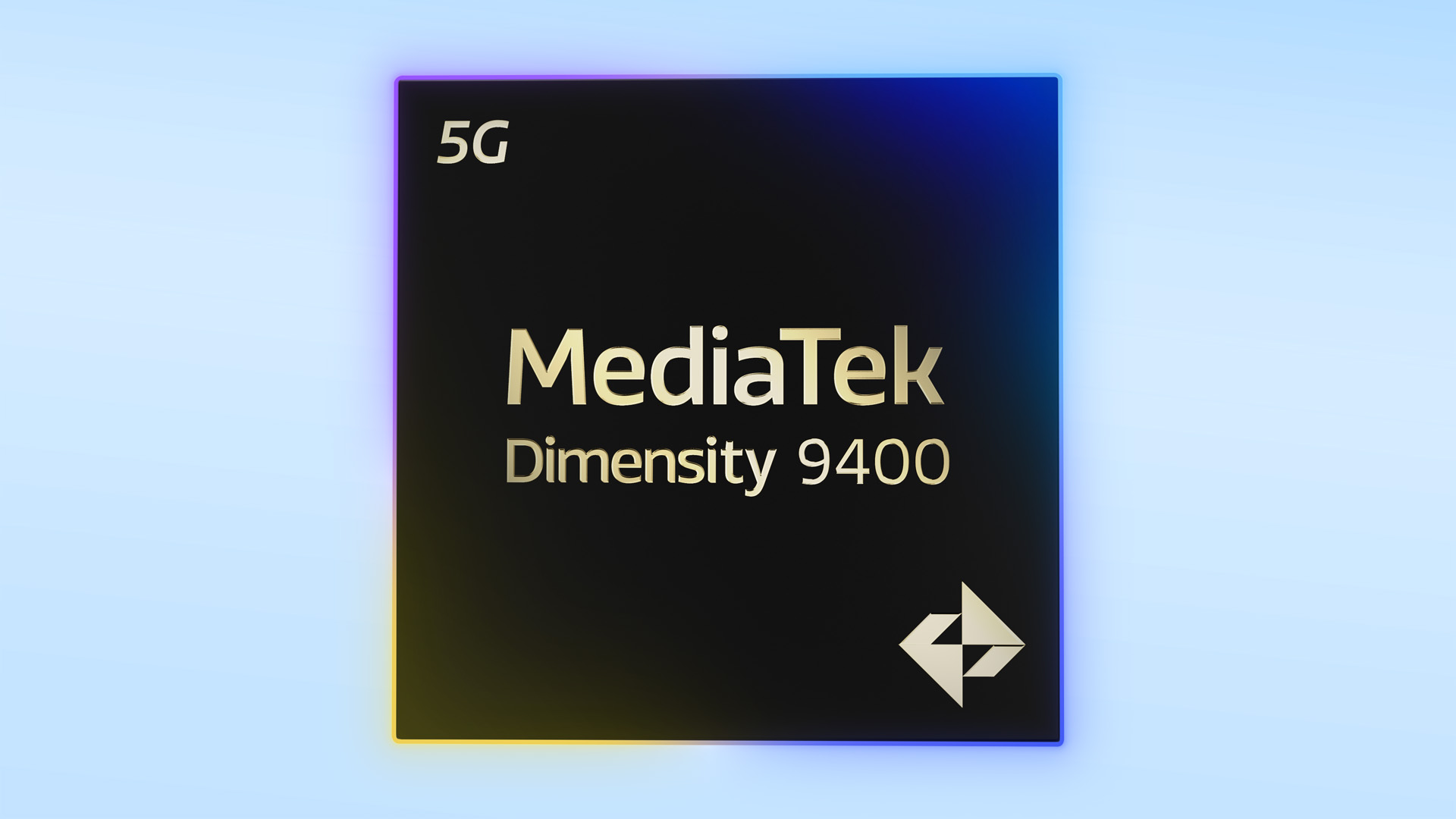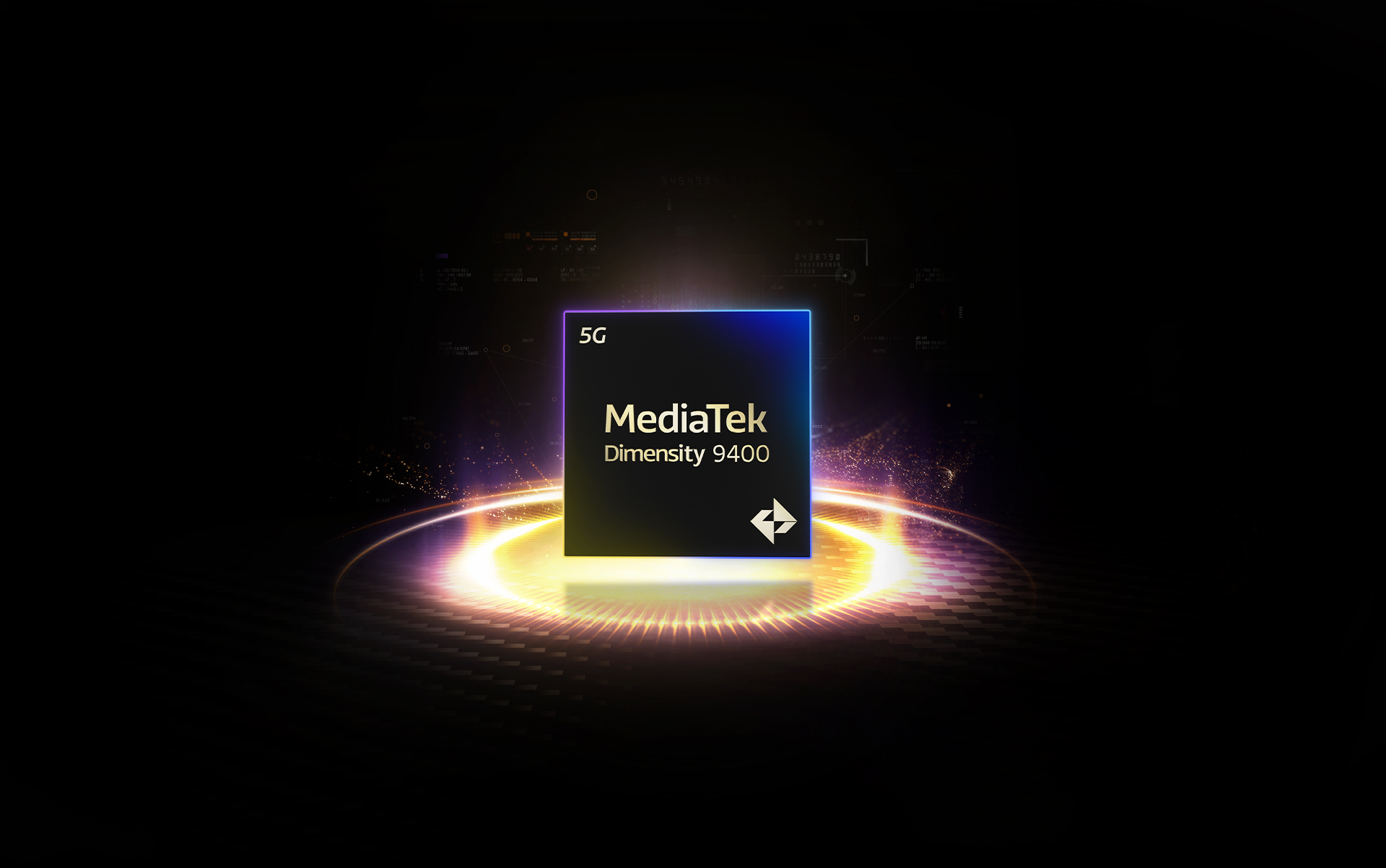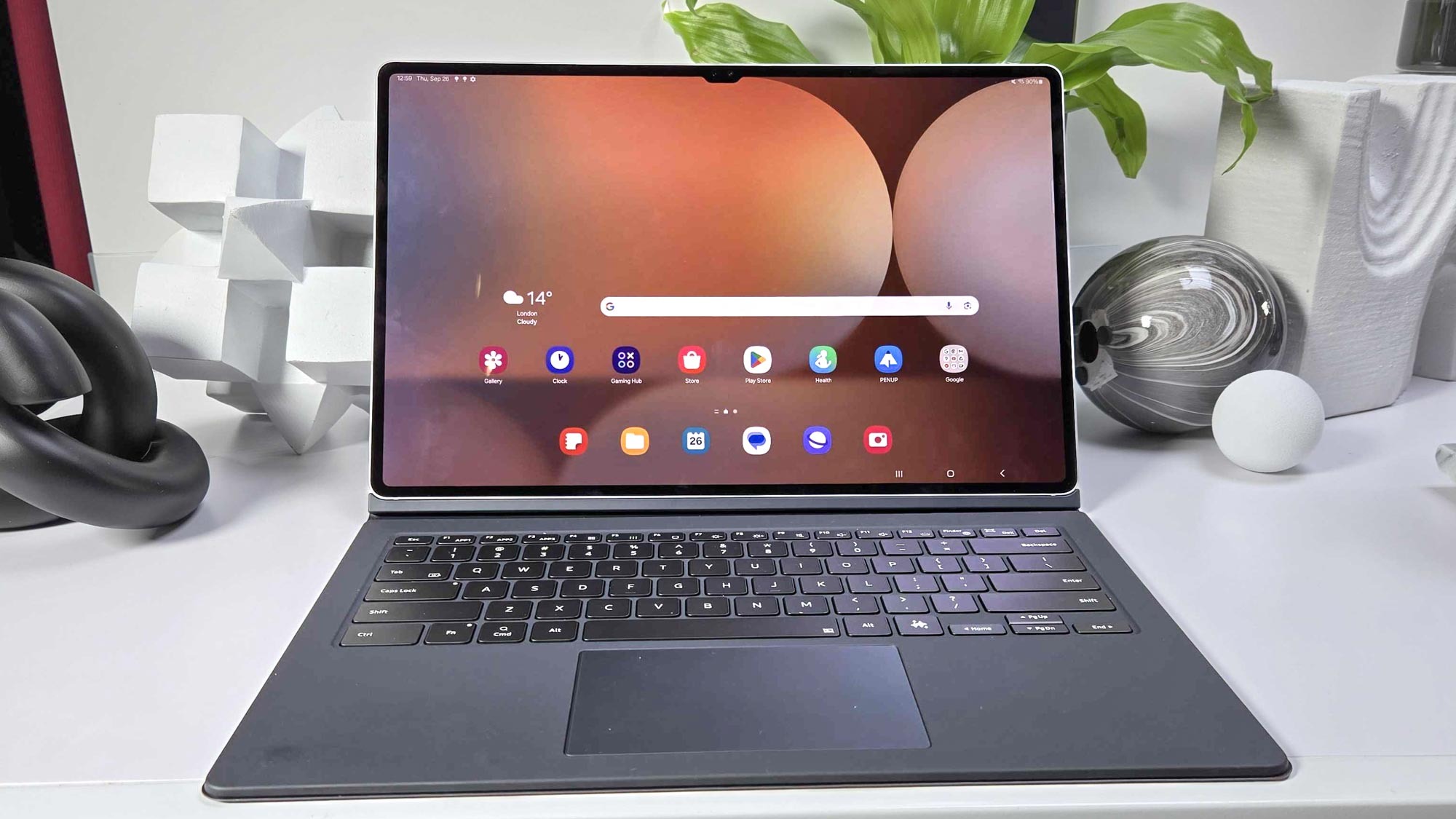
If a smartphone was a delicious plate of food, the chipset would undoubtedly be the vegetables. We all know they're important, but it's hard to care about them over a tempting camera or sweet display unless you've done something drastic to them, like slathering them in bacon bits. (Although that would do more harm than good to a phone's internals.)
But as the core(s) of what makes phones work, upgrades to these chips are important to know about, since without their support, none of the features you do care about will work. And that's why knowing about what MediaTek's new flagship chip, the Dimensity 9400, will put you on the inside track when it comes to 2025's best Android phones.
We already knew a new Dimensity 9000-series chip was coming, but MediaTek has announced some big changes that should lead to performance and efficiency gains which regular users will be happy to see. Those are focused on photography, gaming and, of course, AI.

First off, the Dimensity 9400 is built on a 3nm process, currently the smallest and most advanced manufacturing method for a chipset. This is important because it finally puts MediaTek's best silicon on the same level as Apple, which has been using 3nm chips since 2023's A17 Pro, and ahead of Qualcomm, whose 4nm Snapdragon 8 Gen 3 is found in many of this year's top-performing Android phones.
Smartphone system-on-chips (or SoCs if you're on friendly terms) combine components like a CPU and a GPU onto one piece of silicon, rather than having multiple separate parts connect together via cables, such as in a traditional PC. And the CPU on the Dimensity 9400 is also unique since it has an unusual "All Big Core Design," first seen on the Dimensity 9300. This means the chip exclusively uses more expensive CPU cores for improved power and efficiency, rather than using a set of less powerful ones at lower speeds.
This is similar to the approach Apple takes with its A-series chips, but opposite to the combination of high-power and low-power cores used by a Snapdragon 8 Gen 3 or similar Qualcomm chip.
The classic way to understand how a chip's improved is percentage increases from the last generation. Below are MediaTek's figures for how much better the Dimensity 9400 is than the current Dimensity 9300 across its key areas, plus some other noteworthy specs.
CPU
• 8 cores - Cortex-X925 primary core @ 3.62 GHz, 3 x Cortex X4, 4 x Cortex A720
• +40% more power efficient
• +35% single-core performance, +28% multi-core performance
GPU
• Immortalis-G925
• +41% faster peak performance
• +40% faster ray tracing
• +44% power savings
NPU
• 2x AI diffusion generation performance
• 80% faster LLM prompt performance
• Up to 35% more power-efficient
Other
• 4nm Wi-Fi/Bluetooth chip combo, Bluetooth range up to 1.5 kilometers
• Up to 7.3Gbps Wi-FI speed
• MediaTek Xtra Range 3.0 for 30m greater Wi-Fi coverage
• Support for 8K60 video, 14% lower power for 4K/60fps recording
• Support for WQHD+ display at 180Hz
• 24-bit audio recording for up to 6 mics
• HDR at all zoom range
Joining the CPU is a 12-core Immortalis GPU, which is double the number of GPU cores in the Apple A18 Pro from the iPhone 16 Pro, and hopefully indicative of greater performance than this already impressive chip.The Immortalis GPU apparently also offers PC-level ray tracing tech by using Opacity Micromaps, a graphics system that helps the GPU ray-trace extremely detailed objects with less effort.
The third part of the chip's ruling trifecta is the NPU, designed to take care of your AI needs. The big upgrade for this part of the new Dimensity silicon is its Dimensity Agentic AI Engine (DAE), designed to act as a standardized framework connecting apps and cloud services to help your AI assistants complete tasks with less of your involvement. Qualcomm just announced something similar with its AI Orchestrator, although it's not told us where that wil be used just yet.
The Dimensity 9400 features an 8th-gen NPU comes with on-device LoRA training, an apparent world-first, which is a tool for customizing the output of AI image models. With promised 50-plus tokens-per-second multi-modal AI performance, the 9400 should hopefully produce these customized images at a practical speed too.
While not a distinct sub-section of the Dimensity 9400, one big new feature this chip unlocks for smartphones is tri-fold display support. Only the Huawei Mate XT has managed to turn this foldable phone idea into reality, but if other companies want to try it, MediaTek's ready to help them manage it without having to do the groundwork by themselves.
As part of MediaTek's chipset announcement, Oppo took to the stage to announce that its Find X8 series flagship phones will use the Dimensity 9400, and that these models will be available globally (although probably not the U.S. going by previous launches). This is a bigger deal than it may first appear, since Oppo's deeply intertwined with OnePlus, a phone maker you may be more familiar with. And rumors have claimed that the 9400 chip could appear in the OnePlus 13 as well, instead of a next-gen Qualcomm Snapdragon chip. The OnePlus 12, for example, features the Snapdragon 8 Gen 3 from Qualcomm.

Considering also that Samsung is now using the Dimensity 9300 Plus in its Galaxy Tab S10 Plus and Tab S10 Ultra tablets, 2025 could be the year your new Android phone or tablet uses MediaTek silicon instead of Qualcomm, and be better off for it. Even if the Snapdragon 8 Gen 4, the Dimensity 9400's closest rival, is scoring impressively on rumored pre-release benchmarks, it's said to be noticeably more expensive this year, a cost that could be passed onto users by phone makers.
We still have some waiting to do before this is all certain though. Qualcomm should be introducing the world to the Snapdragon 8 Gen 4 later this month at its annual tech summit, and we'll need to test phones with both chips to see which one turns out to be the better performer. But for smartphone users focused on efficient performance that's also good value, MediaTek and its Dimensity 9400 are two things you'll want to keep track of carefully.







